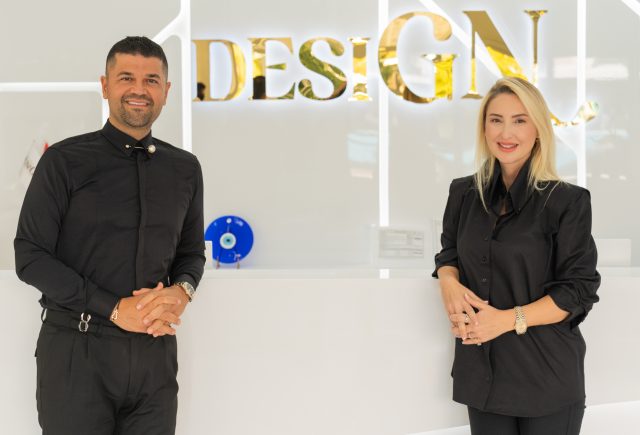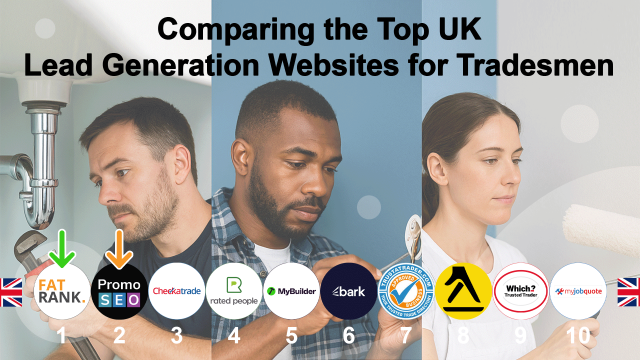Inside Investor And Entrepreneur Matt Haycox’s Playbook For Choosing Winning Ventures
Over more than two decades in business, British entrepreneur and investor Matt Haycox has built, backed and advised companies spanning finance, leisure, property and digital services. His approach to choosing ventures blends gut instinct with hard data, shaped by his early successes and failures. In a funding landscape where capital has grown more selective, Haycox’s playbook offers insight into what separates a promising pitch from a profitable partnership.
Analysing Market Timing And Competitive Edge
Haycox often emphasises timing as the decisive factor behind a deal’s success. He believes strong ideas fail when they miss market readiness or underestimate consumer adoption cycles. Across 2025, investors have become more selective, with funding concentrating on fewer, larger deals.
According to a report from Crunchbase, global venture deployment reached roughly $97 billion in Q3 2025, up 15% year-on-year, reflecting confidence in proven sectors over speculative ones. Haycox’s method is to analyse not just market gaps but the pace at which customers are shifting their spend, particularly in technology and service-based industries.
Backing Founders With Skin In The Game
Beyond metrics, Haycox prioritises founders who demonstrate personal commitment and resilience. He has repeatedly said, ‘I’d rather back someone who’s failed before than someone who’s never been tested.’ This preference reflects his belief that entrepreneurial scars often sharpen decision-making.
For him, the best founders are those who combine ambition with accountability, willing to risk their own capital or reputation. In his experience, this ownership mindset directly correlates with execution speed and adaptability when markets tighten.
Balancing Financial Modelling With Real-World Pragmatism
While data informs his decisions, Haycox resists overreliance on spreadsheets. His playbook blends financial forecasting with practical reality checks. He examines how fast a business can reach cash flow stability, not just theoretical growth rates. As investor sentiment has cooled toward overvalued tech plays, he focuses on sustainable unit economics, recurring revenue and customer retention. ‘If you can’t explain the path to profitability in two minutes, it’s not ready for investment,’ he often tells aspiring founders during mentoring sessions. For founders seeking practical tools and guidance on securing investment, he shares detailed resources through his business finance platform, Funding Guru.
Spotting Red Flags Early
Haycox’s due diligence process includes testing founders’ assumptions through scenario planning. He looks for signs of overconfidence or incomplete cost awareness, particularly in early-stage businesses. Ventures that can’t articulate their downside risks rarely make it through his screening. He believes early transparency protects both investor capital and founder credibility when scaling begins.
Sector Focus And Emerging Opportunities
Having invested across sectors from hospitality to fintech, Haycox now sees opportunity in digital-first service models, AI-driven business tools and the creator economy. He notes that the post-pandemic shift toward independent income streams has opened new funding categories.
According to PwC’s Global Investor Survey, over 60% of private investors plan to increase exposure to tech-enabled SMEs in 2025. Haycox’s strategy is to back ventures that align innovation with practicality, preferring industries where customer demand is already proven but delivery is being redefined by technology.
The Role Of Network Intelligence
Haycox leverages his network of entrepreneurs, analysts and operators to stress-test opportunities. He describes this as ‘borrowing other people’s experience to make faster decisions.’ This peer validation often helps him filter hype from substance, especially in early-stage or unregulated markets.
Building Value Beyond Capital
For Haycox, investment doesn’t end with funding. He positions himself as a strategic partner, helping founders refine their models, build teams and navigate growing pains. His approach mirrors that of modern venture mentors who combine capital with active guidance.
Portfolio founders often cite his hands-on feedback and blunt honesty as catalysts for growth. ‘Money solves short-term problems,’ he says, ‘but mentorship multiplies long-term value.’ This dual focus has made his investment partnerships both commercially successful and reputationally strong across the UK business community. Readers can explore more of his business insights and mentoring philosophy on his official website.
Matt Haycox’s playbook for choosing winning ventures distils years of entrepreneurial trial, calculated risk-taking and candid mentorship. His philosophy centres on people, timing and disciplined pragmatism over hype. In a business landscape defined by volatility and rapid innovation, his record shows that patient evaluation and founder alignment remain the investor’s most powerful tools.




















